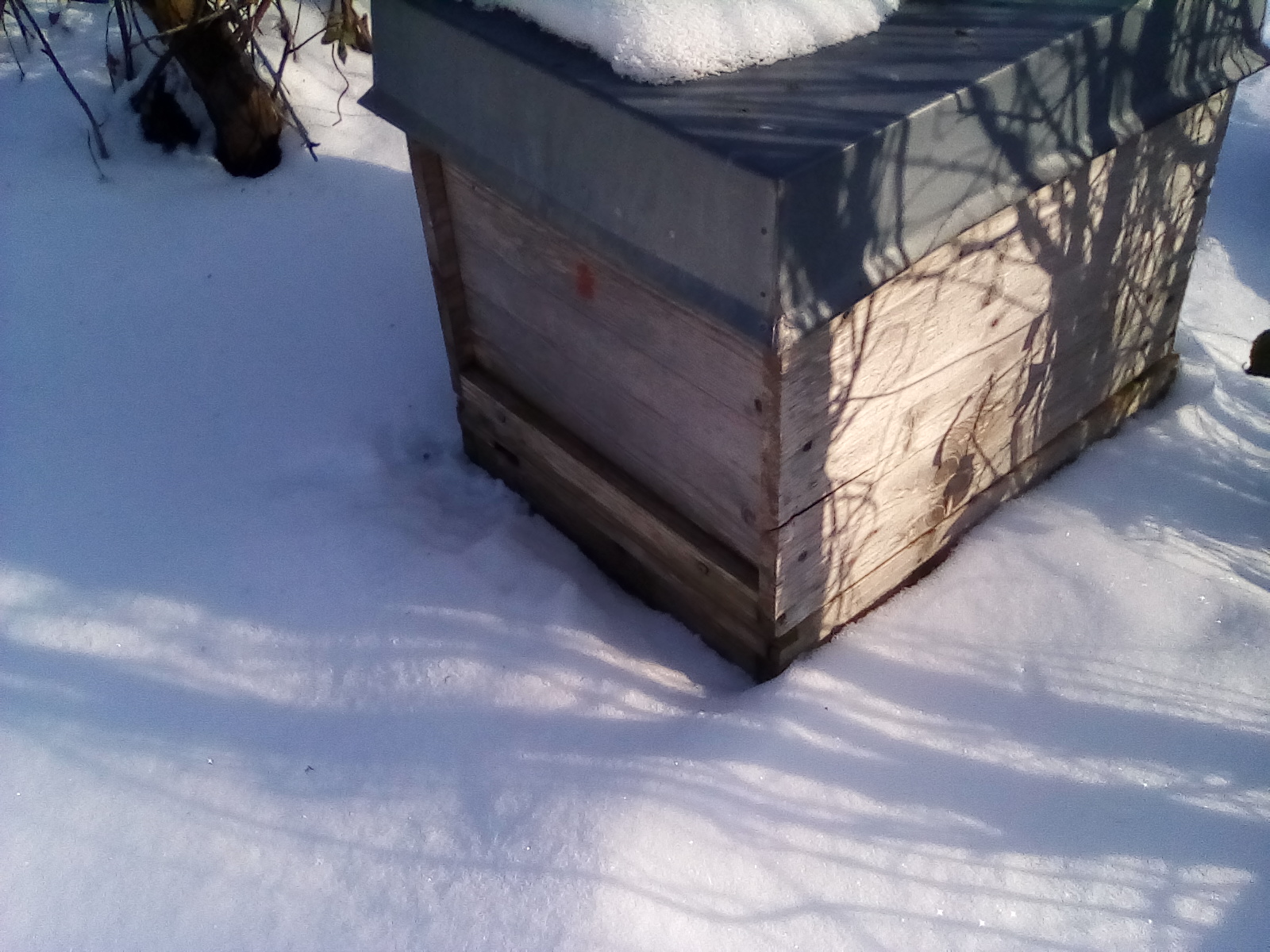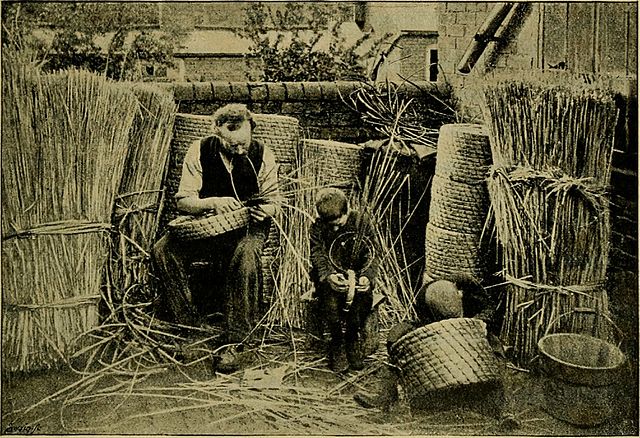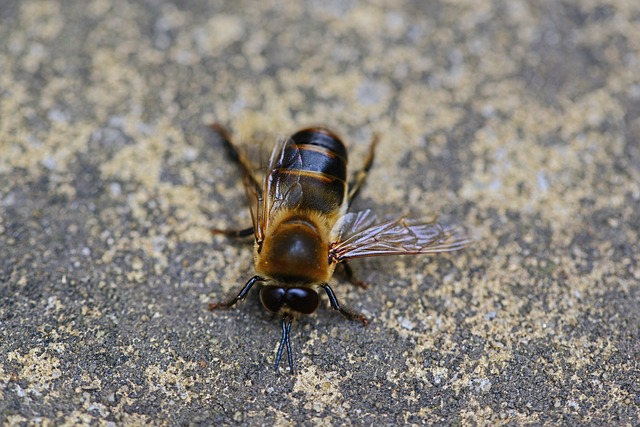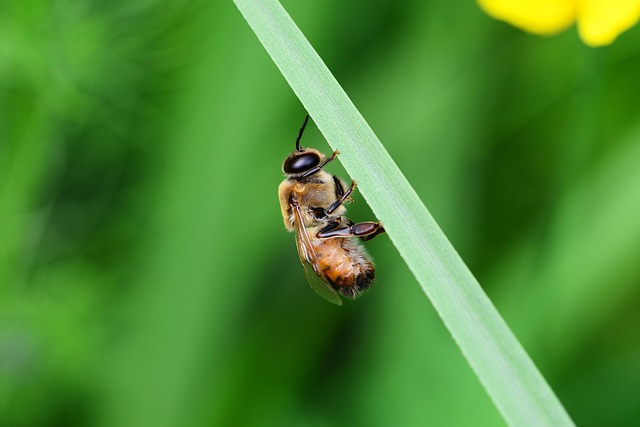Within the tribe of the Melliponini, there are three species of stingless, state-forming bees in the genus Triguna, which have discovered a food source very special for bees. They are the species Trigona necrophaga, T. crassipes and T. hypogea. The species name necrophaga is made up of the Greek words “nekros” (death) and “phagein” (to eat). Like all other types of bees, these bees collect plant nectar in order to produce honey from them, but they do not cover their protein requirements by bringing in pollen. These bees collect the flesh of the decaying remains of dead animals. They are scavengers. They are also called Vulture Bees. These special species are found exclusively in South and Central America and the Caribbean.
The bees usually penetrate the carcass through the eyes and then collect the meat that is best for them inside. This is first salivated so that the bee’s own enzymes pre-digest the meat before it is gnawed, chewed, and chopped up, and stored in the special honey stomach that all bees have, which is normally used to transport large amounts of nectar. The meat is then brought home to the beehive. There the fleshy pulp, which has meanwhile been enriched with the body’s own enzymes from the collecting bee and traces of sweet plant nectars, which are always found in the honey stomachs, is passed on to the workers in the bee colony. Exactly as with the nectar, this pulp is now passed from bee to bee and in the process more and more thickened and more and more enriched with enzymes. In this process, nectar slowly turns into honey. The meat pulp, together with the small amounts of nectar from the honey stomachs, turns into a honey-like, sugar-rich, high-protein pulp. Like the finished honey, this meat honey pulp is now stored in storage containers made of wax. You could say that honey is produced here, which consists largely of rotten meat. This special pulp is the food for the young bees. The larvae need a high protein diet in order to grow up quickly and to build up enough reserves for their metamorphosis into adult bees.

The finished meat honey has a dark gray-brown color and a sour taste with a slight sweetness. Some native residents of neotropical regions where these bees live also use this special meat honey for food purposes. It contains far less sugar than conventional honey, but the high content of animal protein still makes it a valuable source of food.
This honey is truly a curiosity among the special types of honey. I would love to have a taste. Unfortunately, this pleasure has so far been denied to me. With regard to the already difficult legal status of honey from alien (honey)bee species (see my article Honey Discrimination), this honey presents a particular difficulty.
The nests of the genus Trigona are usually built within burrows in the ground or hollow trunks. They build their nests out of beeswax, propolis, and plant resins. The honey and meat pulp are stored in large egg-shaped wax pots, around which the small brood combs are arranged. Pure honey made from plant nectar and honeydew and the special meat honey are not necessarily stored separately from each other. Mixtures of these two are therefore often created.
Text: Fabian Kalis
Image source: Luis Fernández García, CC BY-SA 2.5 ES <https://creativecommons.org/licenses/by-sa/2.5/es/deed.en>, via Wikimedia Commons







